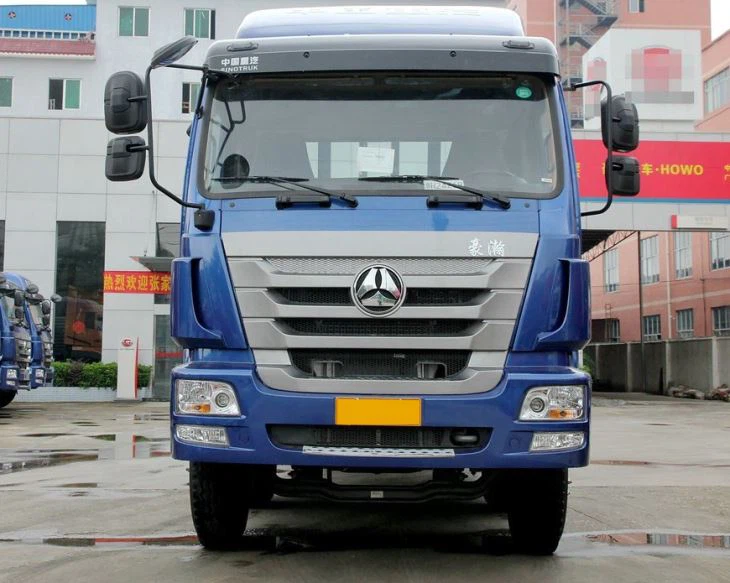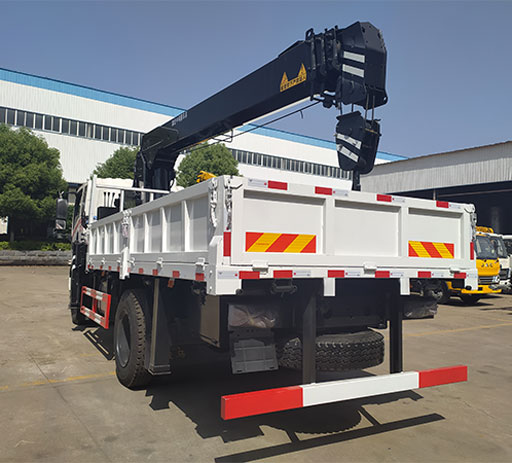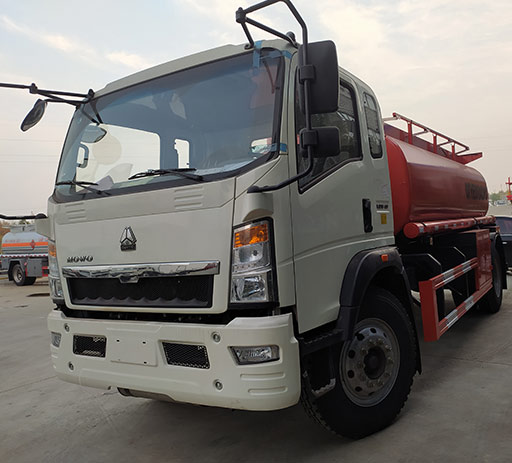Crew Cab Tow Trucks: The Ultimate Guide

Towing can be a challenging and demanding task, especially when it comes to heavy-duty vehicles and equipment. For those who take on this responsibility, choosing the right vehicle is crucial. A crew cab tow truck is a versatile option that enhances both towing capacity and passenger comfort. In this comprehensive guide, we’ll explore everything you need to know about crew cab tow trucks, from their features and benefits to practical tips for choosing and using one.
What is a Crew Cab Tow Truck?
A crew cab tow truck is a variant of a tow truck that features an extended cab design, allowing for additional seating and passenger space. This design is particularly beneficial for towing operations that require multiple team members on-site. Typically, these trucks are equipped with powerful towing mechanisms and can handle substantial loads, making them ideal for both commercial and personal use.
Features of a Crew Cab Tow Truck
- Seating Capacity: Crew cab tow trucks usually offer seating for five to six passengers, providing ample room for your towing crew.
- Towing Capacity: These trucks are built on a heavy-duty chassis, enabling them to tow larger vehicles or equipment with ease.
- Enhanced Stability: The longer wheelbase of crew cab tow trucks improves stability during towing operations.
- Comfort and Convenience: Often equipped with modern amenities, crew cab tow trucks ensure that drivers and passengers can travel comfortably.
Types of Crew Cab Tow Trucks
1. Flatbed Crew Cab Tow Trucks
Flatbed trucks feature a flat platform that provides a stable and accessible area for loading vehicles. They are often used for towing cars that cannot be driven safely.
2. Wheel Lift Crew Cab Tow Trucks
These trucks use a wheel lift system to hoist one set of wheels off the ground. This method is efficient for towing light to medium vehicles.
3. Integrated Tow Trucks
Integrated tow trucks combine elements of traditional towing with other functions. They often come with additional equipment and storage options.
Benefits of Using a Crew Cab Tow Truck
1. Versatility
The crew cab design allows for various configurations, accommodating different towing needs. You can transport a crew while simultaneously completing a towing job.
2. Increased Comfort
With extra cab space, crew cab tow trucks provide a comfortable ride for drivers and passengers, reducing fatigue on long jobs.
3. Enhanced Safety
More crew members in the cab means that there’s extra support and communication available during towing operations, which can enhance safety.
4. Greater Towing Ability
These trucks typically have higher towing capacities compared to standard pickup trucks, allowing you to take on more challenging jobs.
How to Choose the Right Crew Cab Tow Truck
1. Assess Your Towing Needs
Determine the types of vehicles or loads you’ll be towing. This assessment will guide you in selecting a truck with the appropriate towing capacity.
2. Consider Engine Options
The engine plays a significant role in towing performance. Look for trucks with powerful engines that match your towing demands.
3. Examine Available Features
Modern features like towing packages, upgraded suspensions, and additional safety technologies can influence your decision.

4. Evaluate Fuel Efficiency
Consider the fuel efficiency of the truck to maintain operational cost-effectiveness, especially if you’re towing frequently.
Practical Tips for Operating a Crew Cab Tow Truck
1. Perform Regular Maintenance
Keep your tow truck in top condition by regularly checking the engine, brakes, tires, and towing equipment.
2. Double-Check Your Load
Before towing, ensure that the load is secure and that you are within the truck’s towing capacity.
3. Communicate with Your Crew
Establish clear communication with your crew to coordinate efforts during loading and towing processes.
4. Focus on Safety
Always wear seat belts, adjust mirrors properly, and follow safety guidelines while towing. Be aware of your surroundings, especially in tight spaces.
Common Uses of Crew Cab Tow Trucks
1. Roadside Assistance
Crew cab tow trucks are often deployed for roadside assistance, where their ability to transport a team can expedite help for stranded motorists.
2. Construction Sites
The versatility of crew cab tow trucks makes them ideal for towing construction equipment to and from job sites.

3. Recovery Operations
These trucks can assist in vehicle recovery after accidents or other incidents, providing necessary manpower and equipment.
4. Off-Road Towing
In off-road scenarios, crew cab tow trucks can navigate rugged terrain, making them invaluable for towing recreational vehicles or equipment.
Cost Considerations for Crew Cab Tow Trucks
| Item | Cost Range |
|---|---|
| New Crew Cab Tow Truck | $30,000 – $80,000 |
| Used Crew Cab Tow Truck | $15,000 – $50,000 |
| Insurance Costs | $1,200 – $3,000/year |
| Maintenance Costs | $500 – $2,000/year |
| Fuel Costs | Varies based on usage |
Frequently Asked Questions (FAQ)
1. What is the typical towing capacity of a crew cab tow truck?
The towing capacity varies by model and manufacturer but generally ranges from 10,000 to over 30,000 pounds.
2. Can I use a crew cab tow truck for personal and business purposes?
Yes, crew cab tow trucks are versatile enough for both personal use, like towing recreational vehicles, and business applications such as roadside assistance.
3. Are crew cab tow trucks fuel-efficient?
Fuel efficiency depends on the make, model, and engine type. Generally, larger trucks consume more fuel, but newer models are designed to be more efficient.
4. What are the best brands for crew cab tow trucks?
Some reputable brands include Ford, Chevrolet, GMC, Ram, and Isuzu, known for their towing capabilities and reliability.
5. How do I secure a vehicle on a tow truck?

Always use proper tie-downs, chains, or straps to secure the vehicle to the tow truck. Ensure that the load is centered and stable before moving.
6. Do I need a special license to drive a crew cab tow truck?
A standard driver’s license is typically sufficient for light-duty crew cab tow trucks; however, for heavier towing, a commercial driver’s license (CDL) may be required.
